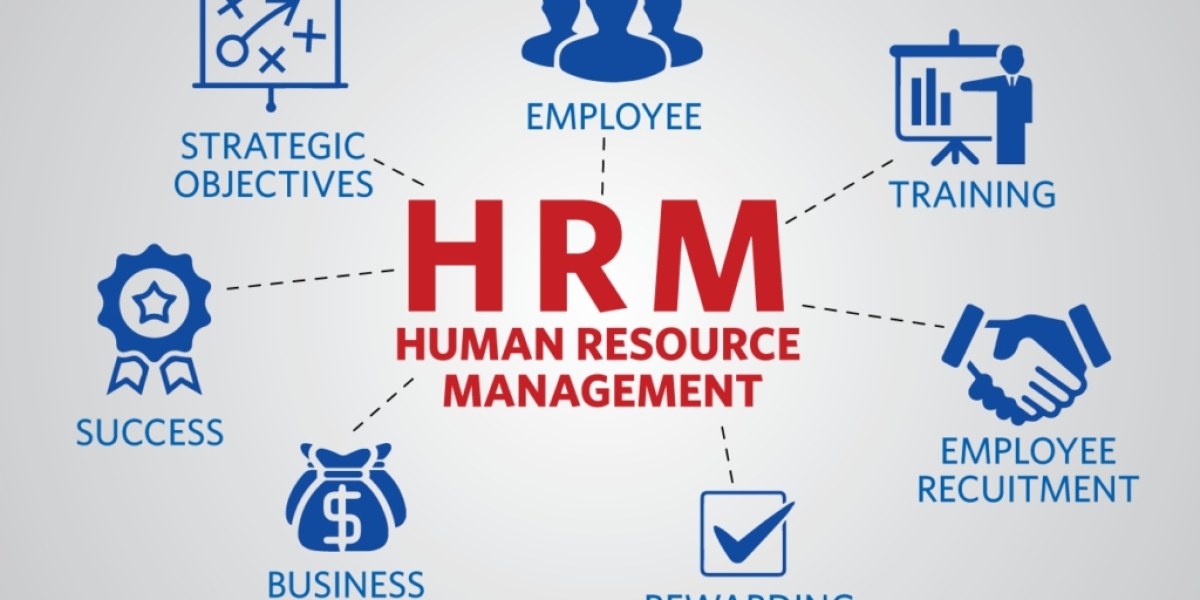Currently, many companies deal with the challenges while employing people, as they are unable to understand all requirements of jobs or do not meet companies’ expectations. Another challenge is that enterprises always expect more from the applicants, and the application process creates problems for both sides. Thus, job analysis might be relevant here, as it is the way to understand the requirements for the position without exceeding the standards. Job analysis is a tool that allows to determine the authority, responsibilities, and duties for each workplace. Moreover, job analysis is also the way to define knowledge and skills needed for each position. The main advantage of job analysis is that it allows to define job specifications, provides accountability and reporting, fosters training and development, and contributes to health and safety evaluation. Consequently, job analysis and its importance might be revealed through explaining the peculiarities and functions of job analysis, describing of its main methods, and providing a particular attention to interviewing relying on the experience of Walmart and Google.
Why Job Analysis Is Needed
Job analysis is needed to determine the key competencies that applicant may need to be successful and effective for an organization. Moreover, job analysis is used to gather all information about the abilities, skills, knowledge, and other characteristics that are necessary to get a position. Job analysis consists of the following stages: getting information from experts who know all peculiarities of a job; gathering information related to the various responsibilities and duties; defining the examples of poor performance; determining the criteria of poor performance, average performance, and above average performance; observing the current employees (Schuler & Jackson 2014). For example, Walmart succeeds in the implementation of job analysis and has a clear definition of all job positions (Thompson 2017). It means that Walmart pays much attention to their human resources, and job analysis is the way of making proper decisions and choices during the recruitment process.
The purpose of job analysis is to identify the need for the talented and skillful staff as well as recognize what skills and abilities are necessary to fill this requirement. Moreover, job analysis is a driving force of job designing and redesigning that are valuable when it comes to inciting company’s growth, increasing professional output, and improvement of job specifications (Bratton & Gold 2012). It means that job analysts should use more than one job analysis method to understand the gaps and cons in jobs requirements. Another objective of job analysis is human resource recruitment and selection, as this approach can define what type of person is suitable for a certain position. Moreover, job analysts determines skills, experience, qualifications, and the level of education to understand whether candidate’s abilities coincide with their requirements. In addition, the task of job analysts is to develop the orientation materials for the new applicants, create the evaluation forms, prepare selection tests and interview questions, and suggest salary levels and advertisement.
Furthermore, job analysis determines training needs and suggests methods of training, training equipment, assessment tests, and training content to help other HR professionals. The adequacy and efficacy of training procedures might have an impact not only on job analysis results but organizational performance and productivity. Another task of job analysis is to establish a compensation management policy that is necessary to retain and motivate the staff. It means that the management ought to work on the improvement of compensation to attract new talents, guide current talents, and encourage them to work better. Finally, conducting performance reviews is another function of job analysis that intends to increase employees’ productivity and commitment to their duties (Bratton & Gold 2012). For example, Walmart regards HRM as one of the factors that contribute to their success; therefore, they pay much attention to job analysis as the way to evaluate their achievements and define gaps that restrain HRM (Thompson 2017).
Job analysis is also a determinant whether human resource management of the company is well-organized and effective. Moreover, the efficacy of job analysis determines the organizational structure of a company. For example, the method is successfully implemented by Walmart, as its organizational structure contributes to an easy specification of the distinct features for each job. Moreover, the company has a clear definition for every job position; therefore, Walmart has no uncertainties when it comes to job analysis. The evidence that proves that Walmart’s approach contributes to the company is that it has the Work Profiling System that analyzes and evaluates managerial positions (Thompson 2017). It means that the choice of job analysis methods depends on the job position and objective. Thus, it is obvious that job analysis is the necessity preconditioned by the state of affairs within the company, and it needs in the qualitative and skillful staff.
Job Analysis Methods
Nowadays, there are many job analysis methods; therefore, they vary from a company to company and can bring the different outcomes. Thus, job analysis can be work-oriented and worker-oriented (Landau & Rohmert 2017). The work-oriented job analysis provides information about outcomes and tasks; therefore, it can be in the form of direct observations and interviews. Observations presuppose the processes when a job analyst observes an employee and record all their performed and non-performed tasks. Moreover, the advantage of observations is that they can determine fulfilled and non-fulfilled responsibilities as well as duties and define the further ways of the improvement of the gaps in skills and abilities (Bratton & Gold 2012). The strength of observation is that it allows job analysts to observe employees during their daily routine. Furthermore, the obtained information is the first-hand knowledge that is useful and reliable. Observation is the only job analysis method that presupposes a direct obtaining of data. Other job analysis methods are indirect; therefore, its information is less credible and reliable. The advantage of this tool is that job analysts can make their conclusions immediately. The disadvantage of this approach is that it requires time, efforts, and particular attention to each participant; hence, if there is the lack of job analysts, this tool might not work properly. The weakness of observation is that an employee is aware of the observation and can pretend; therefore, this technique can also result in the distortion of information. Moreover, observation cannot be effective when it comes to higher managerial and executive roles, as for them, the interviews might be more relevant.
An interview is a form of the work-oriented job analysis that presupposes getting an honest and true feedback or genuine data related to a position in a company. For example, Walmart uses the work-oriented job analysis for sales positions. Thus, the company applies direct observations for sale personnel’s activities and conducts interviews to analyze the jobs of supervisors and team leaders. The worker-oriented job analysis method provides the information on perceptual, cognitive, and interpersonal abilities (Landau & Rohmert 2017). Not without a reason, Walmart uses this approach to analyze the managerial jobs (Thompson 2017). The company evaluates this method, as it is perfect when it comes to analysis of the necessary capabilities of corporate and store managers.
Questionnaire is another work-oriented job analysis method that is based on the interaction between managers, supervisors, and employees who should fill in the forms. Such approach is widespread, as it is not expensive, easy and quick for the distribution, and does not take much time and efforts. Questionnaires can include different questions from multiple choice and checklists to open-ended. In most cases, questionnaires are based on the following areas: work conditions, level of job satisfaction, salary and compensation, qualifications, knowledge, skills, experience, physical and emotional input, duties performed daily, time spent on different job duties, as well as materials and equipment used for duties. Moreover, any questionnaire is a driving force of job analysis process, as questionnaire is only the collection of information that should be analyzed and evaluated. The disadvantage of questionnaire is that participants can misinterpret the questions and provide inaccurate data or high non-response rate. However, indeed, inaccurate information is not acceptable for job analysis, as it does not bring the necessary outcome. Thus, questionnaires should be built in such a way to provide the reliable information.
Interview as the Best Job Analysis Method
Interview is one of the best job analysis methods, as it is work-oriented and presupposes a direct interaction between job analyst and employee. Moreover, job analysts conduct interviews to collect information about job tasks and requirements. The choice of interviews is preconditioned by the organizational culture; therefore, they can be structured and unstructured. The advantage of structured interviews is that they are based on a systematic approach, and the questions are consistent and accurate. The peculiarity of a structured interview is that all interviewees are asked the same questions; therefore, job analysts have the possibility to compare and evaluate answers of all participants (Landau & Rohmert 2017). For example, Google uses interviews for positions in human resource management to reveal the significant interpersonal skills (Lombardo 2017). Walmart uses interviews to analyze job positions of supervisors and leaders.
Unstructured interviews do not have a preset structure; therefore, there is no list of clearly defined questions. The advantage of unstructured interviews is that they are spontaneous and can reveal even more than structured questionnaires. The interview process is carried out as a usual conversation, as there are no specific questions that require a certain scenario (Hendry 2012). However, the role of an interviewer is to be clear and understandable for an interviewee. Consequently, the main objective of an interview is to comprehend the job role better and see whether there is the need in its improvement or modification. Moreover, unstructured interview presupposes that all interviewees can receive different questions, as an interviewer does not have the standardized criteria for evaluating and comparing answers. The advantage of this kind of interviewing is that it requires creativity, strategic and logic thinking, and quick reaction from both sides (Hendry 2012). However, the weakness of an unstructured interview is that it can confuse interviewees and do not reveal their skills and capabilities.
Conclusion
Job analysis is necessary and important for the companies, and Walmart and Google prove this. Such approach in HRM allows to set the proper requirements for each job and avoid challenges and misunderstanding with the future applicants. Job analysis can be work-oriented and worker-oriented, but both methods contribute to the effective and accurate process of getting information. The value of job analysis is that it provides the comparison and evaluation of the requirements and duties of any job position set by an organization with the abilities and skill of an applicant. Job analysis methods are different from questionnaire and interviews to direct observations, and a company knows what method is the best for them to use. Despite the variety of job analysis techniques, most organizations rely on interview as the most suitable way of revealing interpersonal skills and understanding whether an applicant is sincere and open. Consequently, job analysis is an essential aspect of HRM, as it allows job designing and redesigning, seeing gaps in jobs duties and requirements, and evaluating performance.
I want to express my heartfelt gratitude for taking the time to read my article. Your engagement means the world to me, and I truly appreciate your interest in the topics I've shared. If you enjoyed what you've read so far, I invite you to explore more content on my website https://original-essays.org/ There's a plethora of articles covering various subjects, and I'm confident you'll find something that resonates with you.









